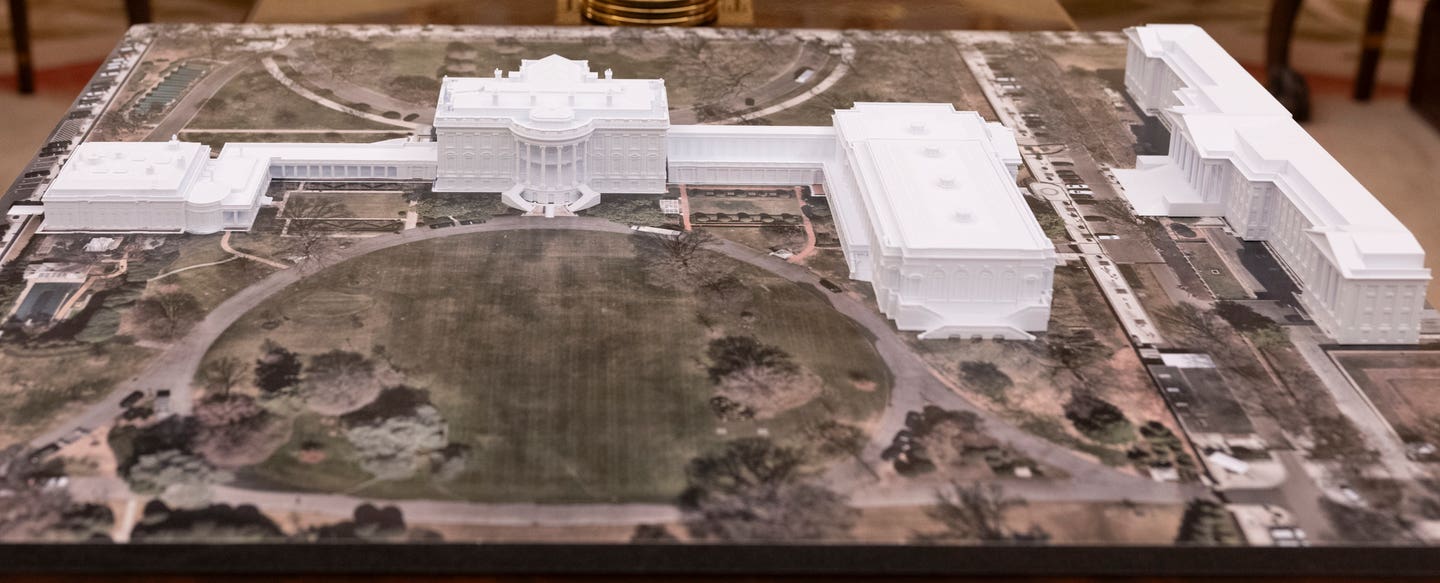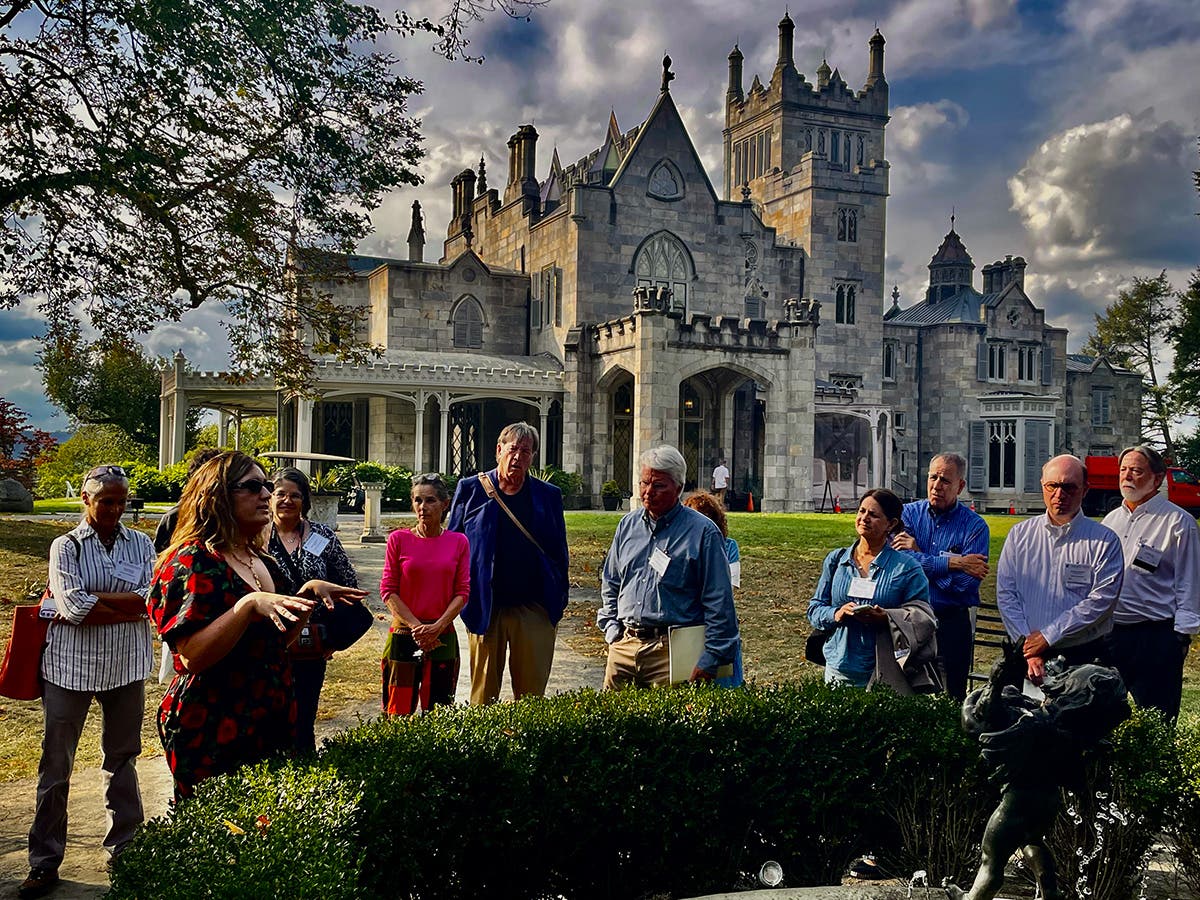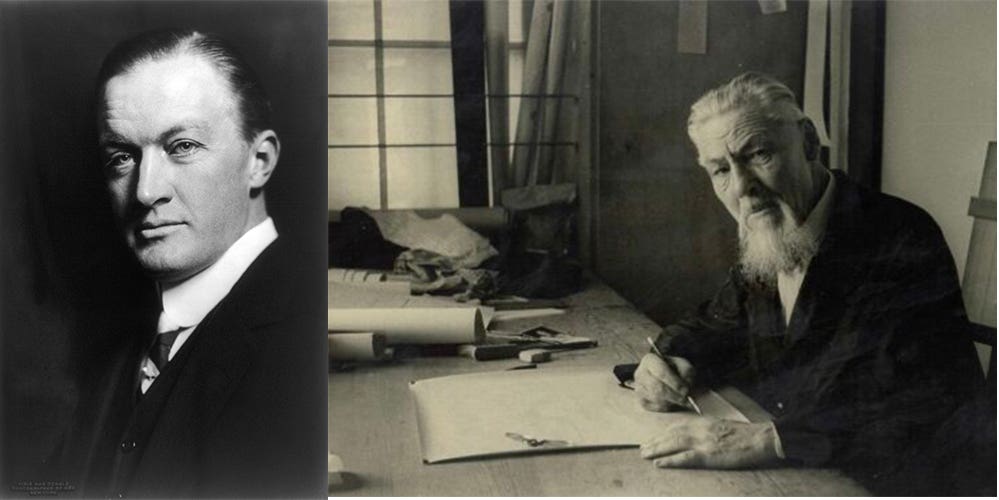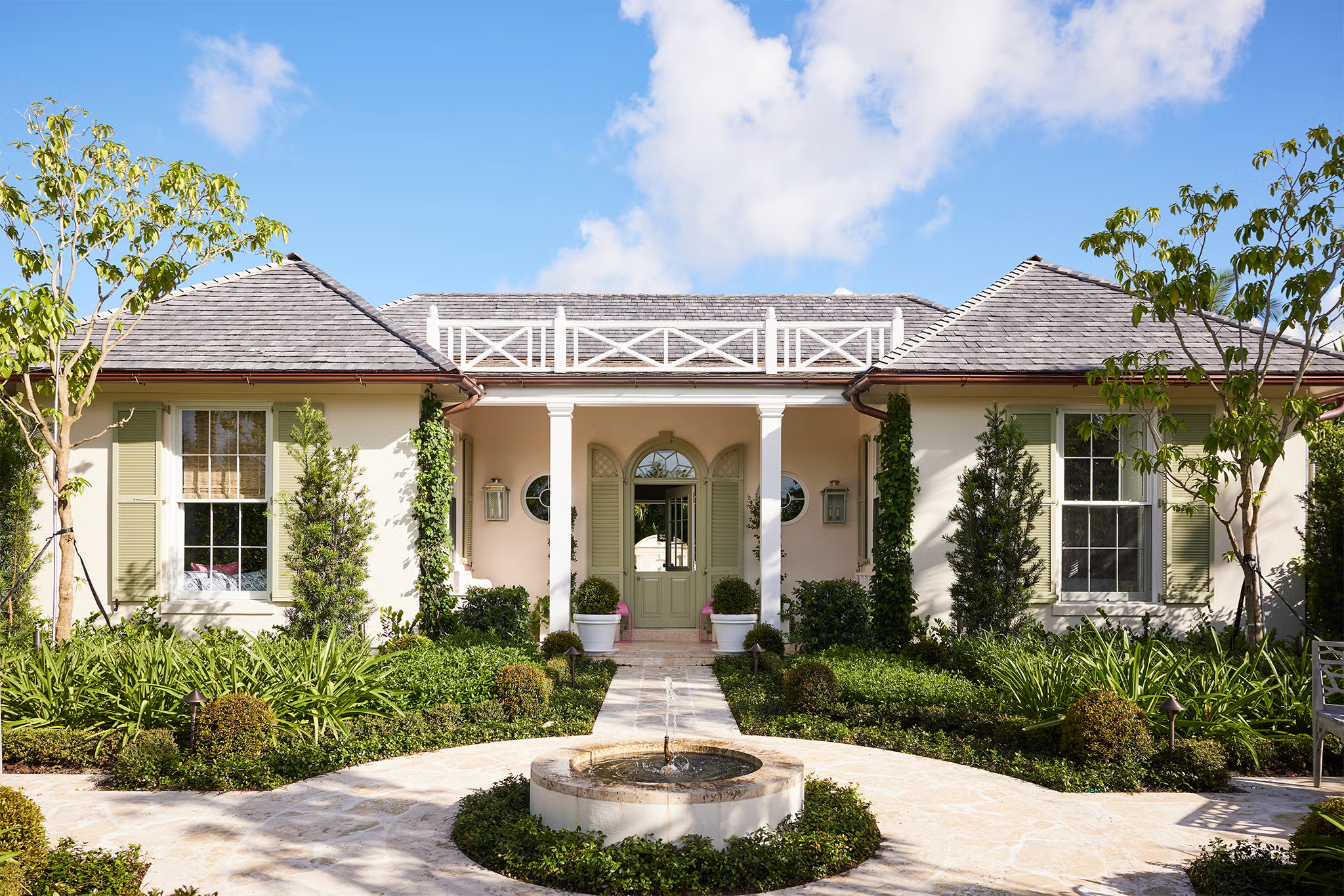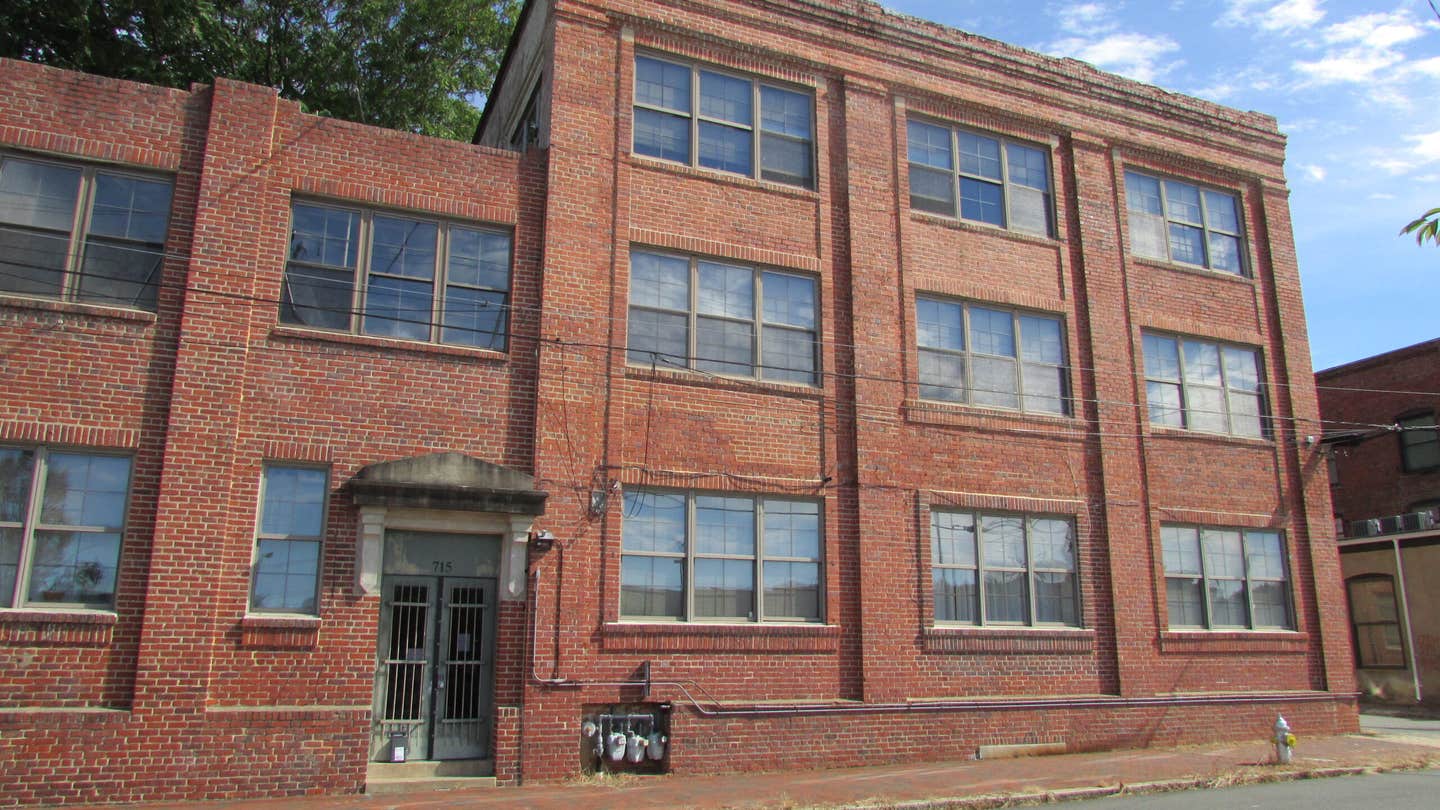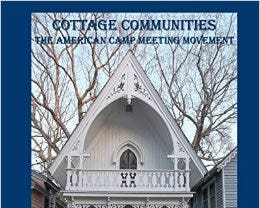
Peter Miller
How I Spent My Summer Vacation
I spent my summer vacation on Martha’s Vineyard, an island off the coast of Massachusetts that is well known to the presidential Press Corps and now, the rest of the world. Personally I have little interest in where our president plays golf, but I am quite intrigued by a little town on the island called Oak Bluffs.
Established near a Methodist revival tent camp in 1866, Oak Bluffs later evolved into a vernacular urban layout with side-by-side Carpenter Gothic cottages and a tabernacle for community gatherings. What started as a retreat for religious awakening and communing with nature has become a model for sensible town planning with lessons for builders, developers and architects.The camp meeting ground land use form is the subject of a position paper written by Sara Hines, architect, urbanist and professor at Boston Architectural College. Under the auspices of the Project for Lean Urbanism Ms. Hines has written a paper, “The Camp Meeting Movement as Lean Archetype,” a study of camp meeting communities across the country. She has also recently published a book, Cottage Communities - The American Camp Meeting Movement, an architecture and planning study of more than 50 of the remaining 1,000 Camp Meetings left in this country. “I hope to follow it up with a larger work that will have even more photos of these remarkable places,” she says.
Oak Bluffs, Camp Etna, Pittman Grove and Chautauqua are among over 1,000 remaining meeting camp grounds, some are 150 years old. According to Hines,” these places convey vernacular building ideas based on a sense of craft and making do with less. They teach construction know-how and urban planning with lessons that still hold today.”
“Community is the real gift of these places,” writes Hines. “Rules of conduct in these dense camps grew out of the need for large numbers (as many as 10,000) to work as a community.” The Oak Bluffs cottage community is as story-book charming as any subdivision you’ll ever see. The houses, some less than 1,000 square feet, have steep pitched roofs, perfectly scaled gables, gingerbread brackets and front porches overlooking verdant public space. From these porches, people chat with their neighbors and watch their kids play frissbee on the lawn. The proximity from cottage to cottage is perfect for extended family gatherings. The nearby Tabernacle has concerts and lectures which enhances community experience. The streets have more people than cars.
Oak Bluff residents don’t own the land underneath them; it belongs to the neighborhood association. This right-sized real estate is more affordable than the fee-simple houses elsewhere on Martha’s Vineyard. Oak Bluffs is a summer resort. Would this kind of housing development work as a year round habitat? I think so and so does Sara Hines.
Consider who’s buying houses now and in the near future. Industry data tells us that it is first-time home buyer millennials and baby-boom seniors, the latter forming households at a faster rate than their grandchildren. Despite their 40-year age difference, these home buyers want many of the same things: community, economy, walkability and amenities. “The camp meeting ground is a land use form particularly American, evolved to create community, integrating architecture, nature, and urban design using innate rules of human nature, ”declares Sara Hines. It is a “lean archetype” for what new housing developments could be now and in the future.
I think I’ll plan a future vacation at Oak Bluffs.
Peter H. Miller, Hon. AIA, is the publisher and President of TRADITIONAL BUILDING, PERIOD HOMES and the Traditional Building Conference Series, and podcast host for Building Tradition, Active Interest Media's business to business media platform. AIM also publishes OLD HOUSE JOURNAL; NEW OLD HOUSE; FINE HOMEBUILDING; ARTS and CRAFTS HOMES; TIMBER HOME LIVING; ARTISAN HOMES; FINE GARDENING and HORTICULTURE. The Home Group integrated media portfolio serves over 50 million architects, builders, craftspeople, interior designers, building owners, homeowners and home buyers.
Pete lives in a classic Sears house, a Craftsman-style Four Square built in 1924, which he has lovingly restored over a period of 30 years. Resting on a bluff near the Potomac River in Washington, D.C., just four miles from the White House, Pete’s home is part of the Palisades neighborhood, which used to be a summer retreat for the District’s over-heated denizens.
Before joining Active Interest Media (AIM), Pete co-founded Restore Media in 2000 which was sold to AIM in 2012. Before this, Pete spent 17 years at trade publishing giant Hanley Wood, where he helped launch the Remodeling Show, the first trade conference and exhibition aimed at the business needs and interests of professional remodeling contractors. He was also publisher of Hanley Wood’s Remodeling, Custom Home, and Kitchen and Bath Showroom magazines and was the creator of Remodeling’s Big 50 Conference (now called the Leadership Conference).
Pete participates actively with the American Institute of Architects’ Historic Resources Committee and also serves as President of the Washington Mid Atlantic Chapter of the Institute of Classical Architecture & Art. He is a long-time member of the National Trust for Historic Preservation and an enthusiastic advocate for urbanism, the revitalization of historic neighborhoods and the benefits of sustainability, including the adaptive reuse of historic buildings.




